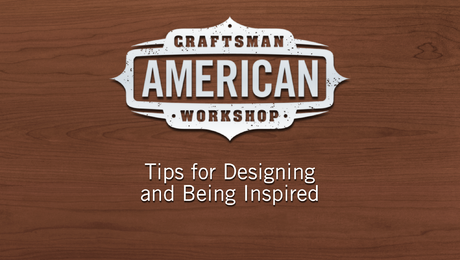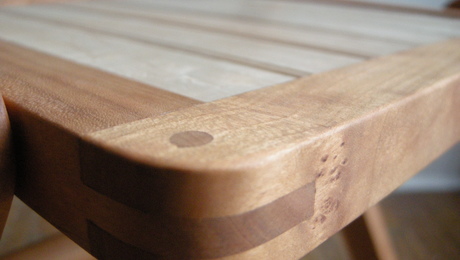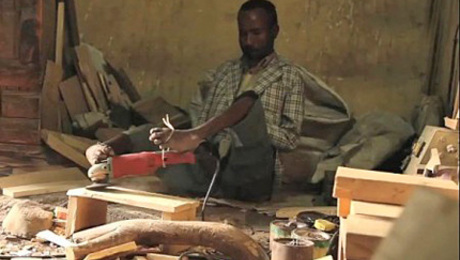
Remember you’re grade school teachers saying you’d get lead poisoning if you didn’t keep your pencil out of your mouth?
Well, they lied.
In 1564 an enormous deposit of graphite was discovered in Borrowdale, England and pencils have been made from this non-toxic material ever since. Up until that point however, writing implements were indeed made of lead and would carry a justified warning of ingestion but once graphite was discovered the scribbles became much more user friendly and I’d guess a bit tastier as well.
Originally, thin sticks of graphite were wrapped in string to keep these brittle implements from constantly breaking. Not long after, hollowed wood was used and the pencil as we know it was born.
The first massed produced pencils came in 1662 from Nuremberg, Germany (go figure) and once the Industrial Revolution took hold, pencil manufacturers were coming out of the wood work.
In North America, early settlers depended on pencils being imported from over seas. That was until 1812 when William Monroe, a Concord, Massachusetts cabinet maker started making the first pencils in the new world!
A cabinet-maker eh? I’m not at all surprised. Why? And why really all this talk today of pencils?
Because this is where the creative process begins. With a pencil in your hand.
It isn’t at the work bench and it sure as hell isn’t in front of a computer. It’s the ghost of inspiration waiting inside an empty sheet of paper and these simple tools, graphite sticks wrapped up in cedar, carefully sharpened and eager to bridge the gap. From that first spark of inspiration out from your imagination and into a reality on the page in front of you. That’s a good place to begin. It isn’t always easy to get there but like sawing dovetails or sharpening plane irons practicing every day will help.
I’m at the beginning of my book and thought I’d share those fun facts about this invaluable tool we so often take for granted.
Do you have a pencil and a sketch book? You’d better get one.
Stay tuned…






















Comments
Fascinating article. However, please don't dismiss those of us whom use computers to aid in our everyday lives. These include activities like writing blog posts, returning emails, using Google to search for "block plane cutting angle" AND designing furniture. The computer, sure as hell helps in the inspiration and design process in my shop.
PORC, thanks for the comments.
Funny, this afternoon when I posted this I knew someone would pipe in with a comment similar to this. Believe me, the article is in no way an attempt to dismiss anyone who uses computers in their everyday lives! Hell, the post was written on a computer and here we sit and carry on a dialogue still on the computer.I answer countless emails and write my blogs on a computer almost daily and you know that really is the point ; )
All of this time we spend online, I'm simply trying to encourage or perhaps inspire the reader to get back to a simpler and more direct method of getting thoughts and ideas down.That (for me) is with a pencil and paper.Furniture design never starts in Sketch-up. Ideas may indeed be refined with the aid of a computer program but the initial spark of inspiration? Never. At least not in my shop. If it works for you then that's wonderful- I'm certainly not dismissing you or anyone else for it. I purchased the Tim Killen eBook, ~Sketch-up Guide for Woodworkers~ this past year and really enjoyed it. (You can find a link on the side bar above.)and yes, I surf the web looking through images and watching video on furniture making and design but who doesn't?
Anyhow, it's getting late and here I am still on this computer!
;D
thanks again for the comments.
Tom
“Drawing is the artist's most direct and spontaneous expression...” - Edgar Degas
Sure sounds like fighting words Tom! :) "it sure as hell isn’t in front of a computer"
Yeah, let's hope that the Design.Click.Build. folks don't get wind of this post...
But yes... everyone's creative process is different. I recently heard that author Paul Theroux writes all his books by hand (Mosquito Coast guy http://www.paultheroux.com/).
lol!!
; D
my sincere apologies to anyone who may be offended by my 'Luddite' over tones, I'm really not that bad. ha!
But you're absolutely right, it does sound a little harsh.
Remember, it's only my method and not a reflection or opinion of what others are doing in their own shops. Now writing a book by hand? -you've got me thinking! uh-oh...
Moderation in all things, right? ;)
I am a software engineer and am nearly constantly on my computer but I find that I start and finish all my designs and builds with a pencil. I sketch with pencil where and when the inspiration strikes on napkins, envelops, etc.
Then I refine the plan using sketchup but I never go to a great level of detail - just enough to get the rough cut list, figure out difficult joinery and have a good idea how much material I need.
Then I print everything out, grab a pencil and it is off to the shop. My SketchUp print out gets all kinds of marks as I adjust while building.
The pencil and the computer are just two of the tools I just in my shop.
One thing you can avoid using a pencil is the spell checker not catching "led" instead of "lead."
Tom,
I wholeheartedly agree with your article. Drawing is where ideas begin. I draw in sketch books at least an hour a day. The process actually stimulates ideas. Many times I don't have an end product in mind. A shape or curve or motiff pops out of my pencil onto the page that excites me. I incorporate that into a piece of furniture and viola a new design has been created.
People say they are not creative and can't design a new piece. Hogwash! It takes work. Start sketching.
Great comments everyone- thanks for the feedback.
and to mbutts- good catch. cheers!
"...once graphite was discovered the scribbles became much more user friendly and I’d guess a bit tastier as well."
Actually, no. That's a big problem with lead paint (and many lead salts in general): it tastes sweet, which is one of the reasons it's so hazardous to young children. Lead acetate (known as "sugar of lead") was even used by the ancient Romans as a sweetener.
-Steve
Late to the party as usual, I'll have to say at 61 I've used computers a long time, pencils way longer. It takes less time for me to get an idea down on paper with a pen or pencil than a computer, and I used to draw things on the computer (anyone remember Aldus FreeHand?).
Then again, I don't do production work, nobody else sees or works from my plans and they don't have to survive 10 years on.
Right tools for the job.
Log in or create an account to post a comment.
Sign up Log in